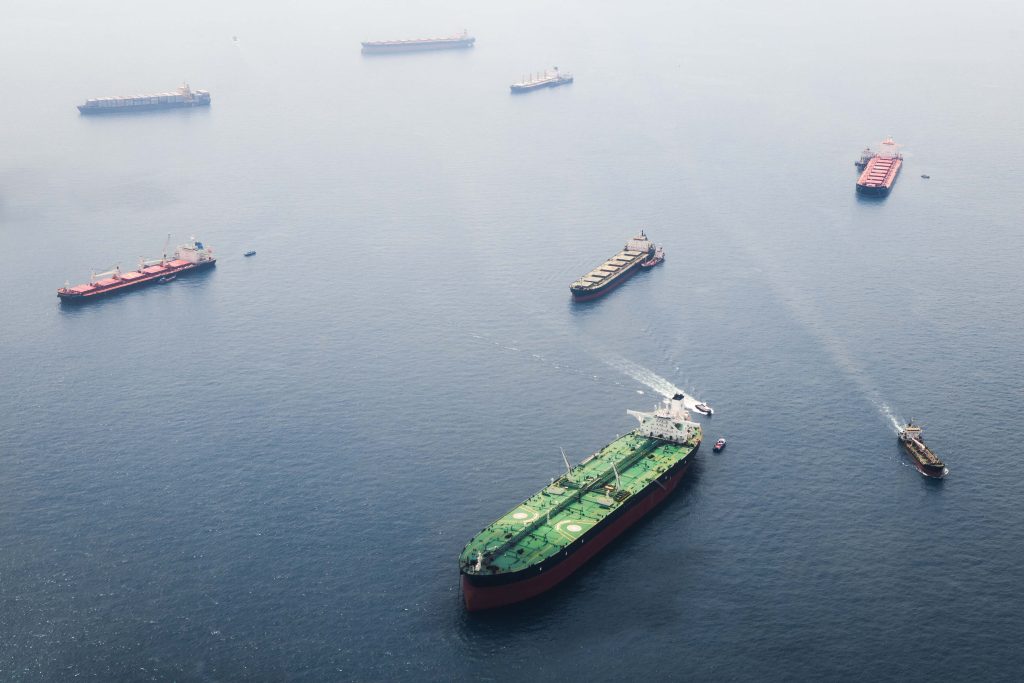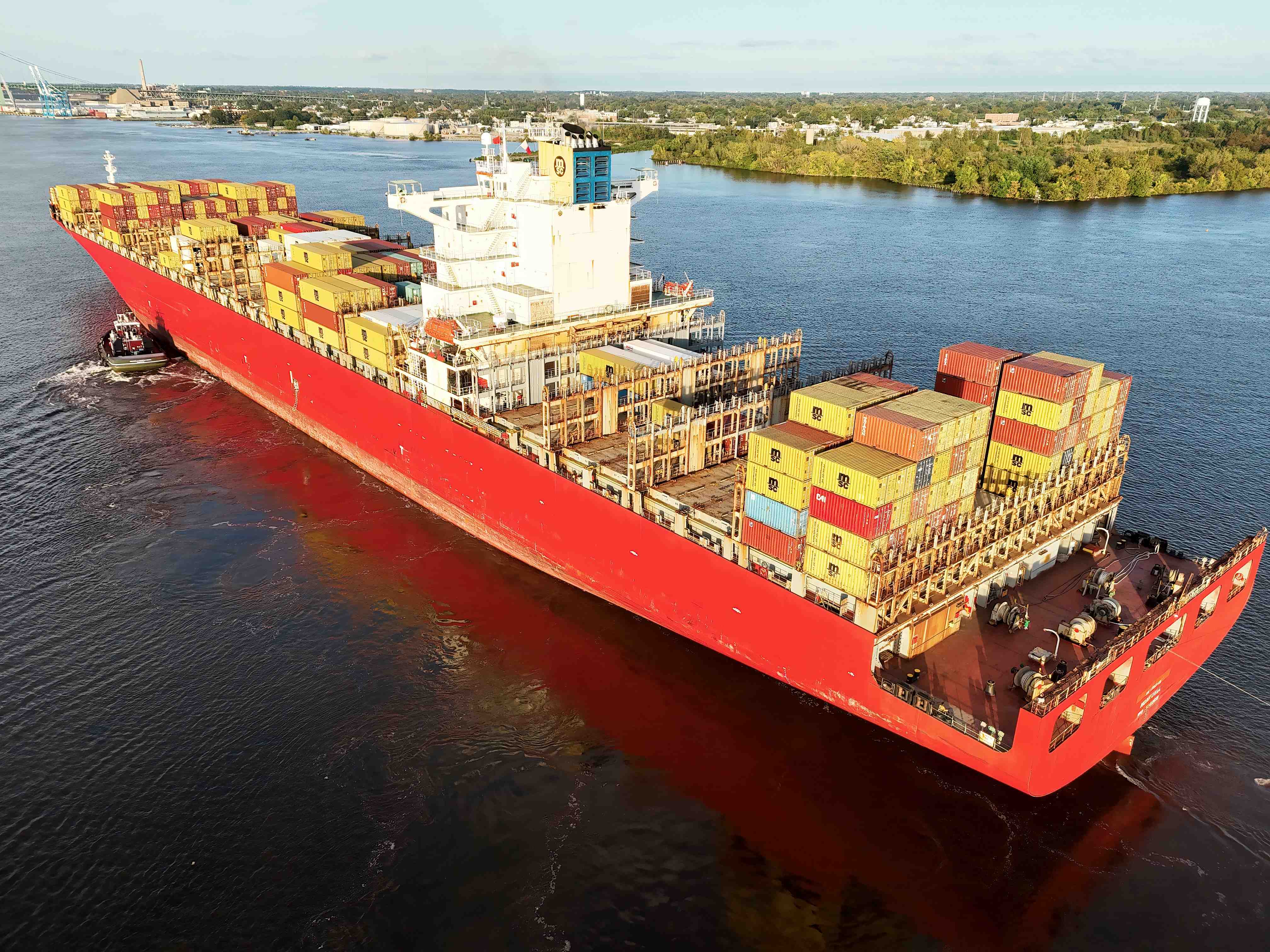CII to impact vessel availability

Vessel owners that restrict operations to maintain a high IMO Carbon Intensity Indicator (CII) rating may create demand for less efficient vessels on challenging routes, say shipping experts at SMM.
The regulation kicks in as of January 2023 and retroactively calculates the grams of CO2 emitted per cargo-carrying capacity and nautical mile over a year’s operations, which is used to determine the CII vessel grade. It is expected to create commercial demand for vessels that can demonstrate their green carbon credentials.
Companies with high profile ESG reporting (such as IKEA, Walmart and Amazon) are expected to insert clauses in charter contracts that will require the use of vessels with better CII ratings. However, industry figures told ICS that operating conditions, including sea state, weather conditions and wait times at port or anchorage have a significant impact on CII ratings, despite the vessel itself performing efficiently, which would mean that certain routes are predisposed towards lowering the rating of a vessel.
Georgios Plevrakis, ABS Vice President of Global Sustainability, has already noticed an increase in concerns amongst the shipowner community, particularly with regard to vessel value. “Since CII is an operational measure, it is not within the control of the owner at all, but more by the operator or charter,” he told ICS. Charter clauses, he continued, are likely to require a vessel to be returned to owners with the same CII rating as when the vessel was contracted out. Owners planning to refinance or sell their vessels are also likely to place caveats in their operations since lower ratings will limit financial value.
There are concerns that these restrictive factors may limit vessel availability, particularly in the spot market, and boost market demand for vessels with lower CII ratings to cater to more challenging routes – particularly since there is no requirement for vessels to implement their approved Ship Energy Efficiency Management Plan (SEEMP).
Vessel routing may also change in response to CII ratings, particularly if fuel prices drop, as longer routes can improve the ship rating.
Scott Bergeron Managing Director, Global Engagement & Sustainability Commercial, Oldendorff points out that the lack of information about carried cargo is also a fundamental issue with CII calculations. He says, “An indexed measure can create perverse incentives. For example, increasing the length of ballast voyages will yield a better grade even if it increases net emissions. So, CII is not fit for purpose as yet. We are educating our own clients and staff about CII, but (to achieve its aims), you have to put this in terms of absolute emissions.”
Related content

UN seeks clarity on consequences for climate action delays

G7 countries target global net-zero shipping by 2050

Active role for shipowners in improving CII regulations
